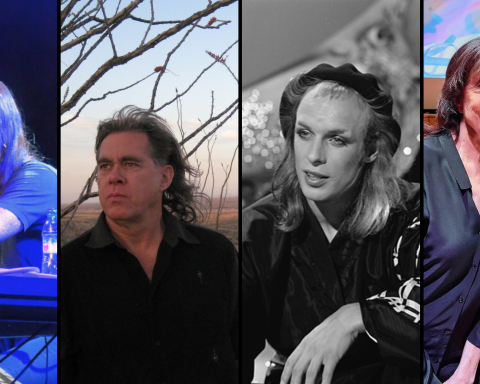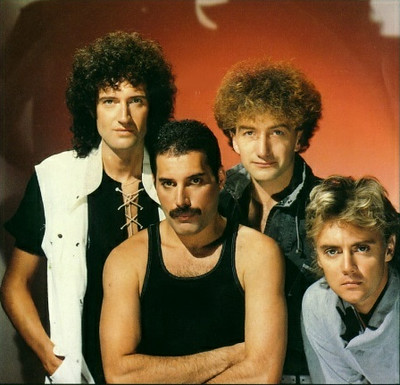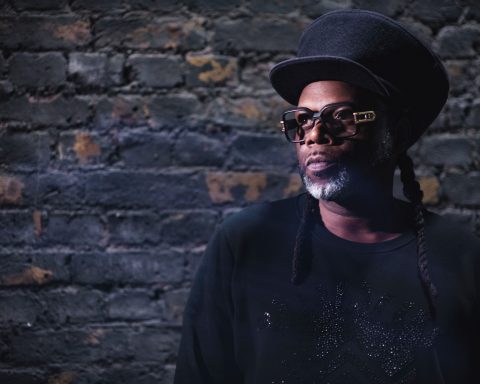It’s been over a year since we lost Evangelos Odysseas Papathanassiou, known to most as Vangelis. While he’s most renowned for the soundtracks of films like Chariots of Fire and Blade Runner, Vangelis’ body of work is so much more than that. Encompassing synth-fueled prog rock, pop, neo-classical, and new age, it’s a rich testament to a visionary—and unique—musician. “Elsewhere,” from the album Direct, encapsulates all his powers while featuring support from a pair of JUNO-106s.
New Studio and New Sounds
The late 1980s was a transitional time for Vangelis. Packing up his famed London-based Nemo Studios in 1987 and decamping for his hometown of Athens, Greece, he set up shop on a vacant floor in the sprawling Sound Studios. As he did before at Nemo, Vangelis arranged his rig around him, surrounding himself with a choice selection of synthesizers. Like other musicians at the time, Vangelis had embraced digital technology, and his studio included samplers plus wavetable and FM synths. He wasn’t ready to abandon analog entirely, however. Indeed, his selection at the time included an MKS-80 Super Jupiter with MPG-80 programmer and two—yes, two—JUNO-106s.
At first blush, one might be surprised to see a single 106 in Vangelis’ studio, let alone two. Upon its release in 1984, the 106 was an affordable option compared to larger, more fully-featured polysynths. Yet, as a massively successful musician, Vangelis was clearly not motivated by budget in this purchase. This was a purely sonic decision.
Spontaneous Composition, Direct Feeling
The title of Direct refers to Vangelis’ unique, automatic working method. He prepared nothing beforehand, preferring to sit in front of his machines and let the music flow. “I function as a channel through which music emerges from the chaos of noise,” he famously said. His process included composition, performance, and recording, all happening simultaneously.
While this was his writing style from the start, by Direct, he was including MIDI in his approach. The artist had a custom-designed rig and a Zyklus MIDI Performance System sequencer to record and trigger musical phrases on the fly. This was all to ensure “maximum spontaneity,” as the album’s liner notes reveal. “I never prepare anything in advance,” he told Sound On Sound in 1990. “I never know what is going to happen tomorrow. I never calculate anything.”
"Direct referred to Vangelis’ unique, automatic working method. He prepared nothing beforehand, preferring to sit in front of his machines and let the music flow."
Nowhere Else but Elsewhere
It’s not entirely known when Vangelis recorded “Elsewhere.” By his own account, he composed and recorded music every day. “A very limited amount of my work is released, whereas the amount that is produced is enormous,” he explained to Sound On Sound. Somewhere in that enormity of music recorded at Sound Studios was “Elsewhere.” It’s to the credit of Vangelis’ compositional prowess that although not intended as the centerpiece of an album—Vangelis worked until he felt he had enough material that would work together—the track certainly became that.
The song contains classic Vangelis elements—heart-breaking melody, magnificent ambience, and grandiosity. “Elsewhere” perfectly encapsulates the composer up to that point, with both synthesized and traditional instrumentation. Soaring and rich, it’s like the soundtrack for a ballet in space. It’s impossibly dense and detailed for an impromptu live performance. Melodic, panning sequences? Check. Achingly beautiful melody? Check. Fretless bass and exquisite flute? Check. Lush atmospherics and haunting synth strings? Double check. “Elsewhere” is Vangelis in full flight.
Rise to the Stars
As a musician working entirely in the moment, Vangelis gravitated towards immediacy with his instruments. The JUNO-106 was the perfect vehicle for his explorations. While the synth may have looked simple on paper, its single oscillator and envelope made it ideal for Vangelis. The artist didn’t even need that sole oscillator for “Elsewhere.” Instead, he used the JUNO’s white noise and distinctively sweet filter to create a series of spacey, bubbly risers that lift the song into the stars.
Strings in Space
So why did Vangelis use two 106s? One clue lies in the JUNO-esque string pad during the second half of “Elsewhere.” After the drums enter, a soaring synthesized string section bolsters the main melody. The part sounds remarkably like the JUNO-106 factory preset “Strings III.” The arrival of this tone lifts the song even higher. Furthermore, the JUNO was the only synth the artist owned a duplicate of for Direct, underscoring his fondness for the instrument as an improvisation tool.
"He used the JUNO-106's white noise and distinctively sweet filter to create a series of spacey, bubbly risers that lift the song into the stars."
Beyond Direct
Vangelis didn’t like to sit still, and his recording setup continued to evolve alongside his music. On 1990’s The City, the artist continued his foray into hybrid digital and analog synthesis. For that album, he utilized Roland synths like the D-50, MKS-70 (the module version of the JX-10), and U-110, plus an S-50 sampler. Vangelis’ physical studio also traveled, first to various hotel rooms and eventually to Paris. There, he perfected his direct style of composition and recording, finally settling on a custom MIDI system.
The word genius gets vastly overused, but occasionally it’s the only term that applies. Vangelis is one of these cases. Direct is a high watermark in a long career of many stellar releases. Full of catchy and emotive melodies yet resistant to the constraints of genre, it’s the pure sound of one human being’s soul, transmitted live to tape, given gorgeous musical form from the chaos of noise.







